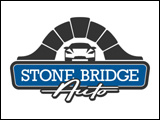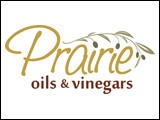A post doctoral fellow in ethology with the Prairie Swine Centre says various forms of enrichment, as required under Canada’s Pig Code of Practice, need not be complex or costly.
The recently revised Canadian Pig Code of Practice requires multiple forms of enrichment be provided to pigs throughout their life.
Dr. Yolande Seddon, a post doctoral fellow in ethology with the Prairie Swine Centre, told those on hand yesterday for Saskatchewan Pork Industry Symposium 2015, the code specifies 5 different types of enrichment, social enrichment, physical enrichment, occupational enrichment, tactile enrichment or nutritional enrichment.
They can be as complex as you want to make them and, in my opinion, they need not be costly and in fact if they’re not costly it’s better because you’re more likely to do them, it’s more sustainable. For instance positive human interaction is one way of providing enrichment to pigs. You could walk the pens, you could stroke your hand through the pens as you are doing your rounds. Sound enrichment, perhaps leave a radio on a few days a week for pigs. This will also actually allow them to hear novel sounds and desensitize them to loud noises.
Also you could provide some objects in a fully or partly slotted pen. For this you need to ensure that what you’re giving the pigs has the correct properties that are of interest. This is that they can chew them, they can ingest them ideally, they can destroy them so that the objects change shape. If they’re rootable it’s good but often they will go into the manure area so we suggest to tether them or suspend them at shoulder height. For this a good one for instance is pure cotton rope, cheap to buy, fairly long lasting. You can dip it in sugar water, you can tie knots in it to change the tactile sensation of it for the pigs.
Dr. Seddon suggests you could put objects in the pen for a week, take them out for another week and provide different forms of enrichment and you might want to move object enrichment between pens and disinfect them if required.



